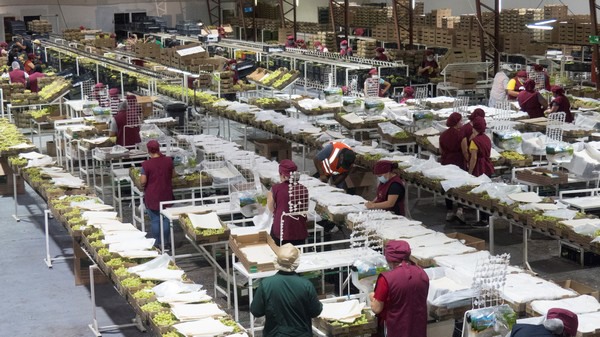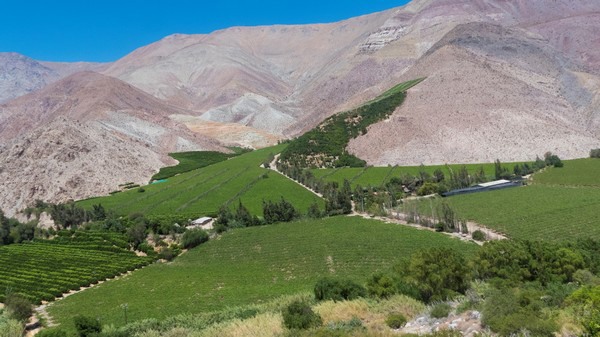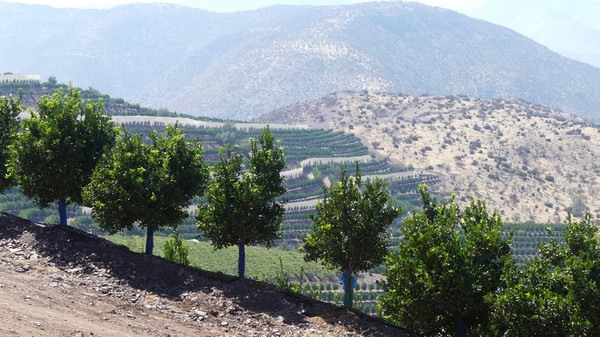The last few months saw heavy rain in the North and Central regions of Chile, which bodes well for the coming table grape crop. However, the increased input and freight costs together with prices of the past season that did not cover these costs are a concern for table grape growers, according to Jose Ureta, commercial and quality manager at grape and mandarin growers Exser in Chile.

“The grape market has been very difficult during the last season. The prices of last season in some varieties did not cover the costs, due to the increase in inputs and freight costs. The last months in Chile were good in terms of weather, because we have had huge rains in the North and in the Central region, it will help the production for the coming years. Also the increase in input and freight costs has meant that many growers cannot cover their break-even point. If these costs continue increasing, I think there will be a significant volume adjustments for the coming seasons.”

Exser is located in IV, V and VI regions in Chile. They mainly produce table grapes and mandarins. The company has farms that cover 1 200 ha and owns four cold stores, located in all the regions where they operate. During the season they have around 1 000 workers active in all the regions.

“Last season we exported 3.5 million boxes of table grapes. Our target is to produce a conformed bunch with full colour and green hard stems so it can travel in good condition to every market that we send fruit. The harvest starts in the beginning of January and it ends at mid-April. Our key markets are North America, Europe, Asia.
"The challenge for the future is to have the minimum days of transit time with the difficulties that we have been facing in logistics and we'll try to minimize our labour and packing costs. Demand looks good, but we will have to make volume decisions once we are aware of input and freight costs for the coming season,” concludes Ureta.
For more information:
Jose Ureta
Exser
Tel: +56 2 27314600
Email: josureta@exser.cl
www.exser.cl
